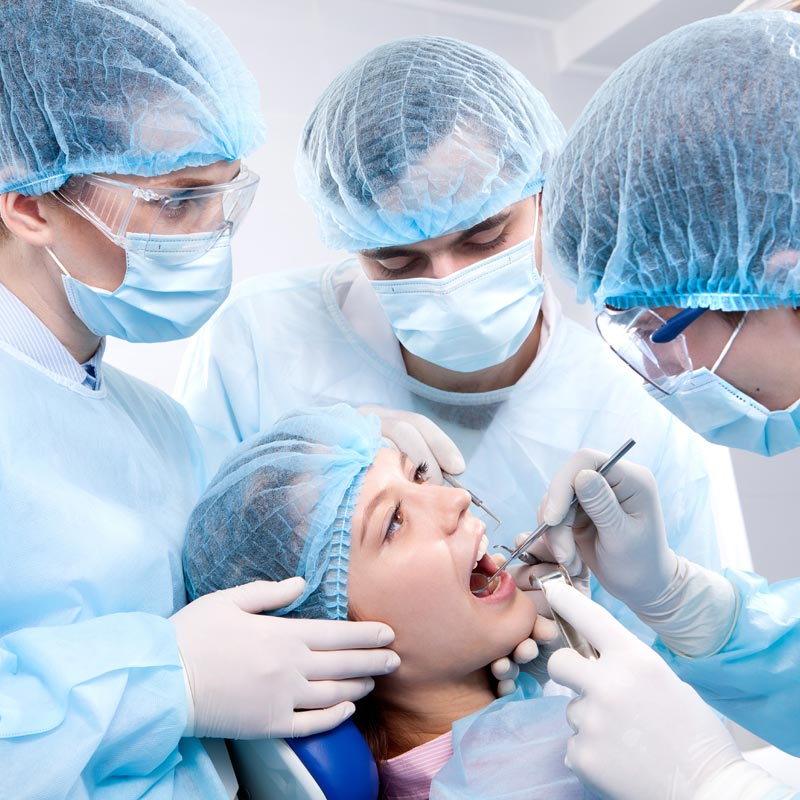General Description:
Varicose veins, also known as varices, are enlarged and twisted veins that primarily occur in the legs. They develop when the valves in the veins, which regulate blood flow to the heart, do not function properly, causing blood to pool. This can lead to swollen, twisted, and visible veins under the skin’s surface. The treatment of varicose veins aims to alleviate symptoms, improve appearance, and prevent complications such as pain, swelling, skin changes, and ulcers.
Indications:
Treatment for varicose veins is indicated for individuals experiencing symptoms such as pain, swelling, heaviness, cramps, itching, or skin changes. It is also suitable for patients looking to improve cosmetic appearance or reduce the risk of complications such as phlebitis, thrombosis, or venous ulcers.
Methods:
- Description:
There are various treatment methods for varicose veins, ranging from conservative measures to minimally invasive and surgical procedures. The choice of method depends on the severity of the varicose veins, the patient’s overall health, and individual preferences. - Procedure:
- Compression Therapy: Use of special compression stockings or bandages to improve blood flow and relieve symptoms. This therapy is often the first line of treatment for mild varicose veins.
- Sclerotherapy: A minimally invasive procedure where a solution (sclerosing agent) is injected into the affected vein. This solution causes irritation of the vein walls, causing the vein to collapse and be reabsorbed by the body. Sclerotherapy is particularly effective for smaller varicose veins and spider veins.
- Endovenous Laser Therapy (EVLT) and Radiofrequency Ablation (RFA): Minimally invasive procedures that use laser or radiofrequency energy to heat and seal the affected vein. This leads to the closure of the vein, which is then broken down by the body. These methods are effective for larger varicose veins.
- Ambulatory Phlebectomy: A surgical procedure involving small skin incisions to remove the affected veins. This is often used in combination with other procedures to treat remaining veins.
- Vein Stripping: A surgical procedure that involves removing a long vein (usually the great or small saphenous vein). This is less commonly performed and reserved for severe cases of varicose veins that do not respond to other treatments.
- Advantages:
- Variety of Options: Different treatment options allow customization based on individual needs and the severity of the condition.
- Symptom Relief: Many procedures provide rapid relief from pain, swelling, and other discomforts.
- Improved Appearance: Treatments can significantly improve cosmetic appearance, leading to increased confidence.
- Minimal Downtime: Most minimally invasive procedures have short recovery times, allowing patients to return to their normal activities quickly.
- Disadvantages:
- Possible Side Effects: Side effects can include bruising, skin discoloration, pain, infection, or scarring.
- Cost: Some treatments, especially minimally invasive procedures, can be expensive and may not be covered by insurance.
- Not Suitable for Everyone: Certain procedures may not be suitable for all patients, particularly those with severe health issues or extensively enlarged veins.
- Possible Recurrence of Varicose Veins: Although most procedures are effective, there is a possibility that varicose veins may return, especially if underlying risk factors are not addressed.
Conclusion:
Varicose vein treatment offers a variety of options that can be tailored to the severity of the condition and the individual needs of the patient. It is important to consult with a qualified specialist to choose the best treatment method and minimize potential risks and side effects. Regular follow-up and lifestyle adjustments can help maintain results and reduce the risk of recurrence.

